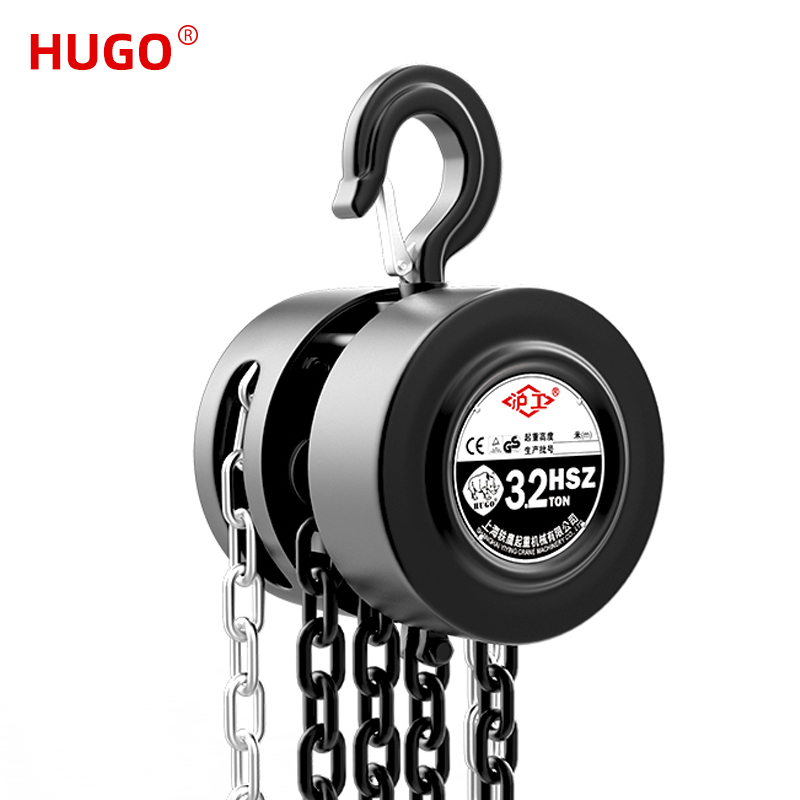Ensuring Longevity and Reliability: Maintenance and Inspection Routines for a 3 Ton Manual Chain Hoist
2024-06-27
A 3 Ton Manual Chain Hoist is a valuable asset in various industries due to its capacity to lift heavy loads efficiently and safely. To ensure its longevity and reliability, regular maintenance and inspection are crucial. Proper upkeep not only extends the lifespan of the hoist but also ensures safe operation, minimizing the risk of accidents and downtime. Here’s a detailed look at how maintenance and inspection routines contribute to the durability and dependability of a 3 Ton Manual Chain Hoist.
1. Regular Lubrication
Importance: Proper lubrication reduces friction, wear, and tear on moving parts.
- Routine: Lubricate the load chain, hooks, and gears regularly to ensure smooth operation.
- Benefits: Prevents rust and corrosion, reducing the risk of mechanical failure.
2. Load Chain Inspection
Importance: The load chain is a critical component that directly impacts the hoist’s performance and safety.
- Routine: Inspect the load chain for signs of wear, elongation, corrosion, or damage before each use.
- Benefits: Early detection of chain issues prevents accidents and enhances operational reliability.
3. Hook and Latch Examination
Importance: Hooks and latches secure the load, and their integrity is vital for safe lifting.
- Routine: Check hooks for deformation, cracks, or excessive wear. Ensure that latches are functioning correctly.
- Benefits: Ensures that the load remains securely attached during lifting operations, reducing the risk of dropping.
4. Brake System Testing
Importance: The brake system controls the load during lifting and lowering, ensuring precise and safe operations.
- Routine: Regularly test the brake system to ensure it engages and releases correctly.
- Benefits: A well-maintained brake system provides reliable control, preventing unintended load drops.
5. Gearbox and Internal Mechanism Maintenance
Importance: Internal gears and mechanisms drive the hoist’s lifting operations.
- Routine: Periodically open the gearbox to check for wear, proper lubrication, and any signs of damage.
- Benefits: Maintains the efficiency of the hoist and prevents unexpected breakdowns.
6. Inspection of the Operating Mechanism
Importance: The operating mechanism, including the hand chain and handwheel, should function smoothly.
- Routine: Inspect the hand chain for kinks, twists, and wear. Ensure the handwheel operates without resistance.
- Benefits: Ensures ease of use and prevents operator fatigue, contributing to safer and more efficient operations.
Conclusion
The longevity and reliability of a 3 Ton Manual Chain Hoist heavily depend on diligent maintenance and regular inspections. By incorporating these routines into your operational practices, you can ensure that the hoist performs safely and efficiently over its lifespan. Regular lubrication, load chain inspection, hook and latch examination, brake system testing, gearbox maintenance, operating mechanism checks, safety label reviews, and adherence to manufacturer recommendations are all integral to maintaining the hoist’s integrity. Prioritizing these maintenance and inspection routines not only extends the life of the hoist but also safeguards the safety of operators and the overall work environment.



